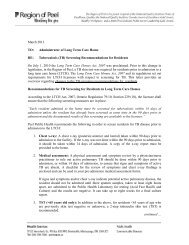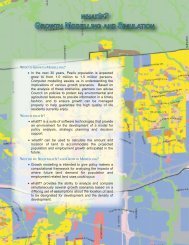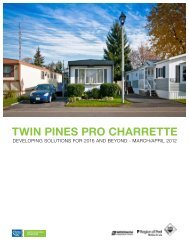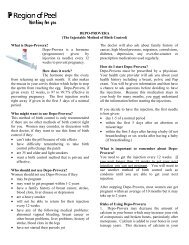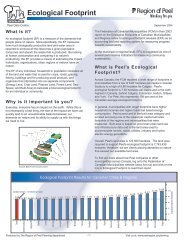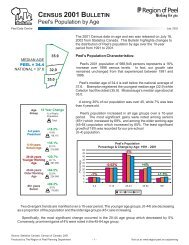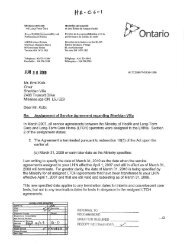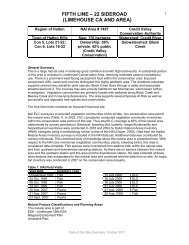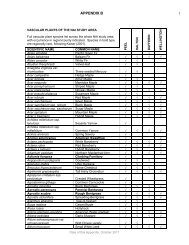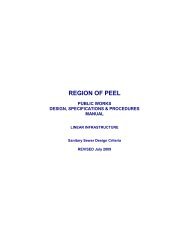Lesson Seven - There's Nothing Better than a Good Friend
Lesson Seven - There's Nothing Better than a Good Friend
Lesson Seven - There's Nothing Better than a Good Friend
You also want an ePaper? Increase the reach of your titles
YUMPU automatically turns print PDFs into web optimized ePapers that Google loves.
<strong>Lesson</strong> <strong>Seven</strong><br />
There are fifteen scenario cards. Five scenarios correspond with each coloured<br />
stoplight: red (unhealthy/bad signs), yellow (warning signs) and green (healthy/good<br />
signs).<br />
While there may be some discrepancies, the following is a list of suggested correct<br />
answers.<br />
RED LIGHT: These are unhealthy/bad signs in a friendship.<br />
1. You are afraid of your friend’s temper.<br />
2. Your friend criticizes you or people you care about.<br />
3. Your friend threatens to hurt you.<br />
4. Your friend bullies and makes fun of you or other kids at school.<br />
5. Your friend pressures you to do things you do not want to do.<br />
YELLOW LIGHT: These are warning signs in a friendship.<br />
6. You are nervous that if you tell your friend something personal, s/he will<br />
tell other people at school.<br />
7. Your friend sometimes makes fun of you.<br />
8. You rarely get to plan what the two of you will do together.<br />
9. Your friend tells you not to hang out with certain people.<br />
10. You say that you agree with your friend, even when you really don’t. You are<br />
afraid they won’t be your friend anymore if you disagree.<br />
GREEN LIGHT: These are healthy/good signs in a friendship.<br />
11. You usually feel happy when you are with this person.<br />
12. Your friend respects your feelings and your opinions.<br />
13. Your friend talks to you about his/her feelings.<br />
14. Your friend is happy when good things happen to you.<br />
15. You enjoy being with this person, but you also enjoy spending time with other<br />
friends.<br />
Activity Four: Solving Problems In <strong>Friend</strong>ships Homework Assignment - 5 minutes<br />
Distribute the homework assignment. Remind your students about the IDEAL Decision-<br />
Making Model to which they were introduced to in <strong>Lesson</strong> Five. (If you have not yet<br />
used the model, please refer to <strong>Lesson</strong> Five for a detailed explanation.) While it is not<br />
necessary, they could use the IDEAL Decision-Making Model to guide their answers.<br />
Changes In Me: A Puberty and Adolescent Development Resource for Educators<br />
Junior Grade Level, Second Edition<br />
Peel Public Health, Healthy Sexuality Program, 905-799-7700<br />
184



